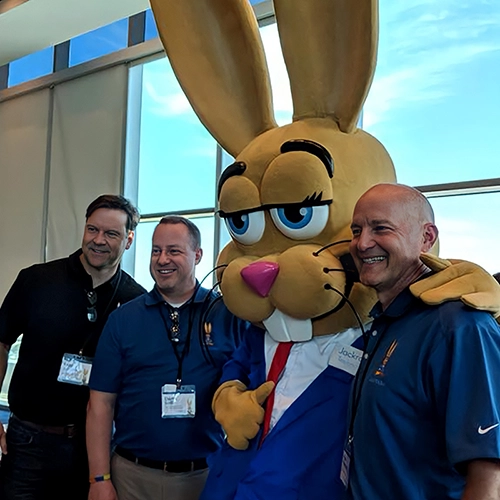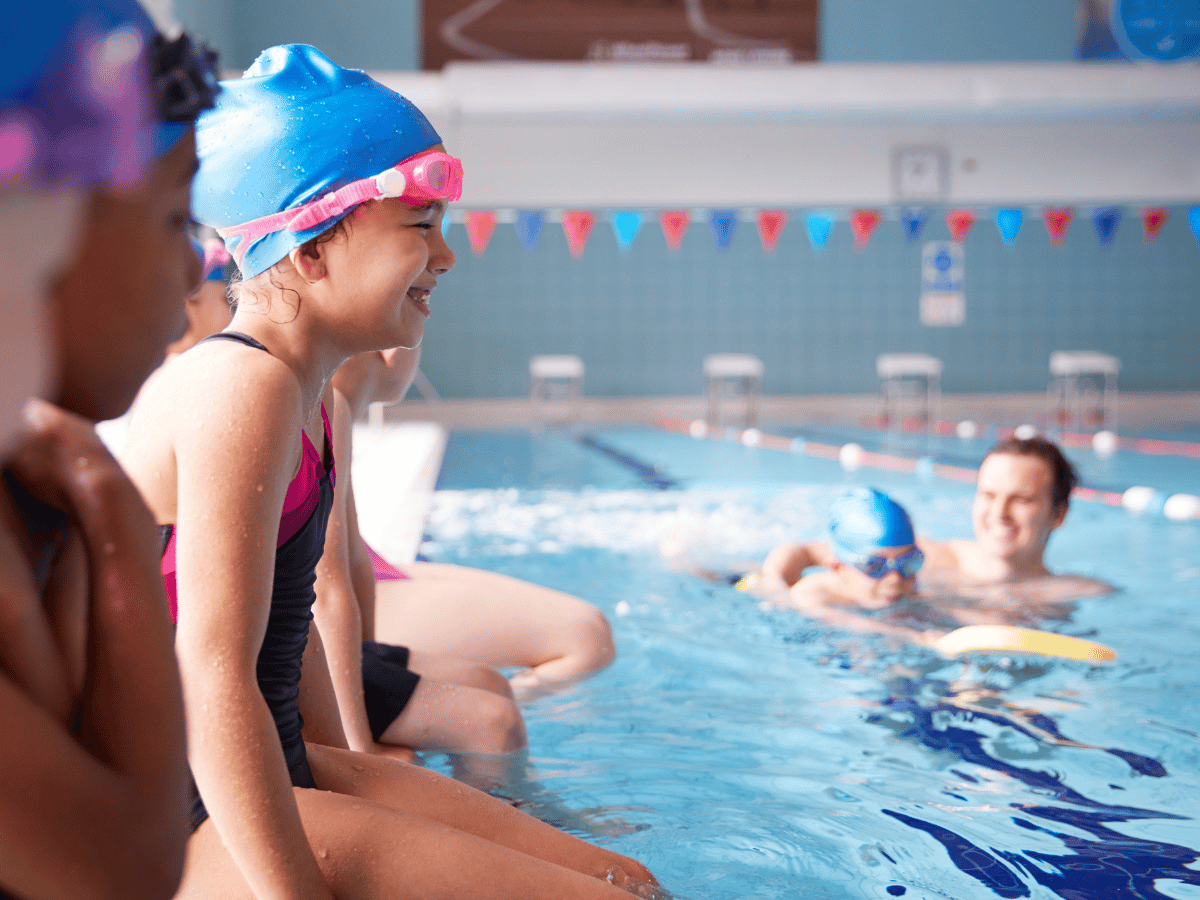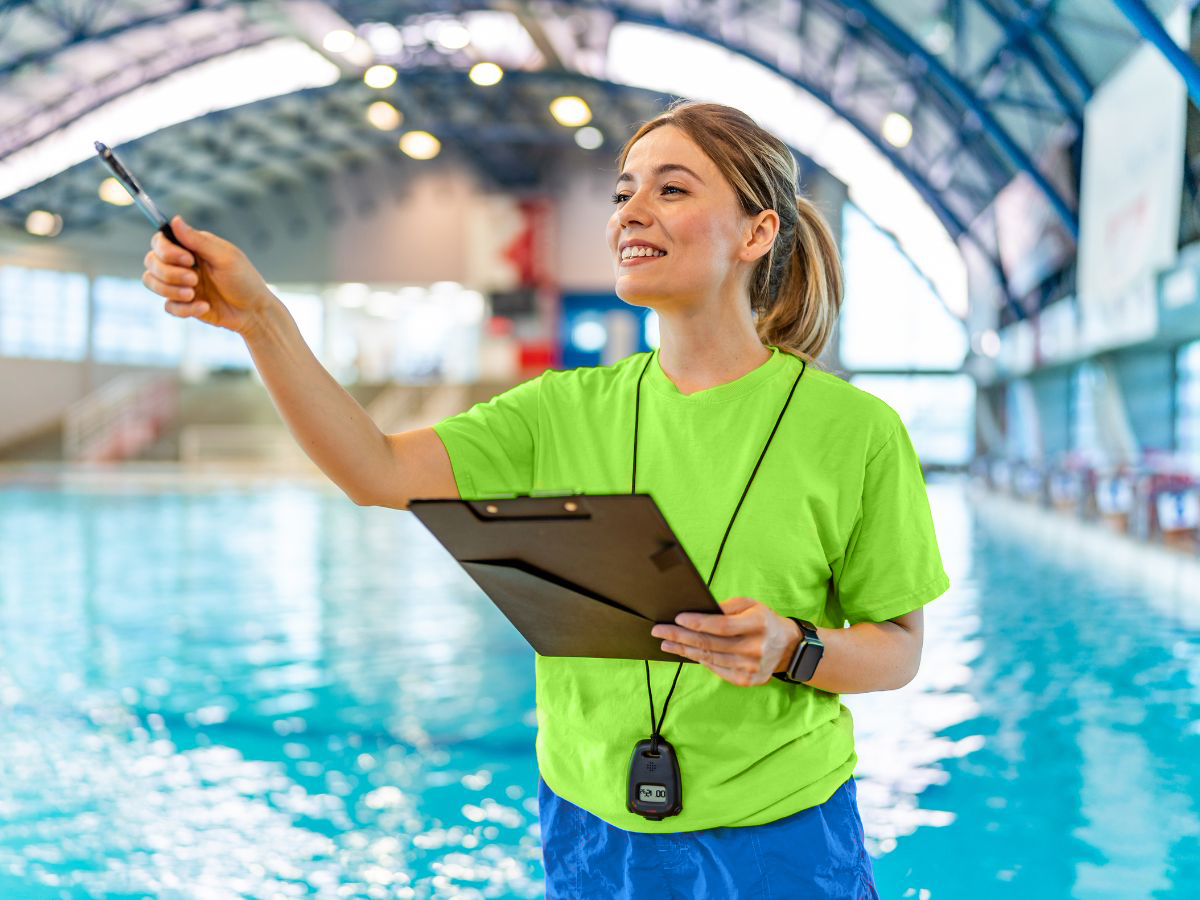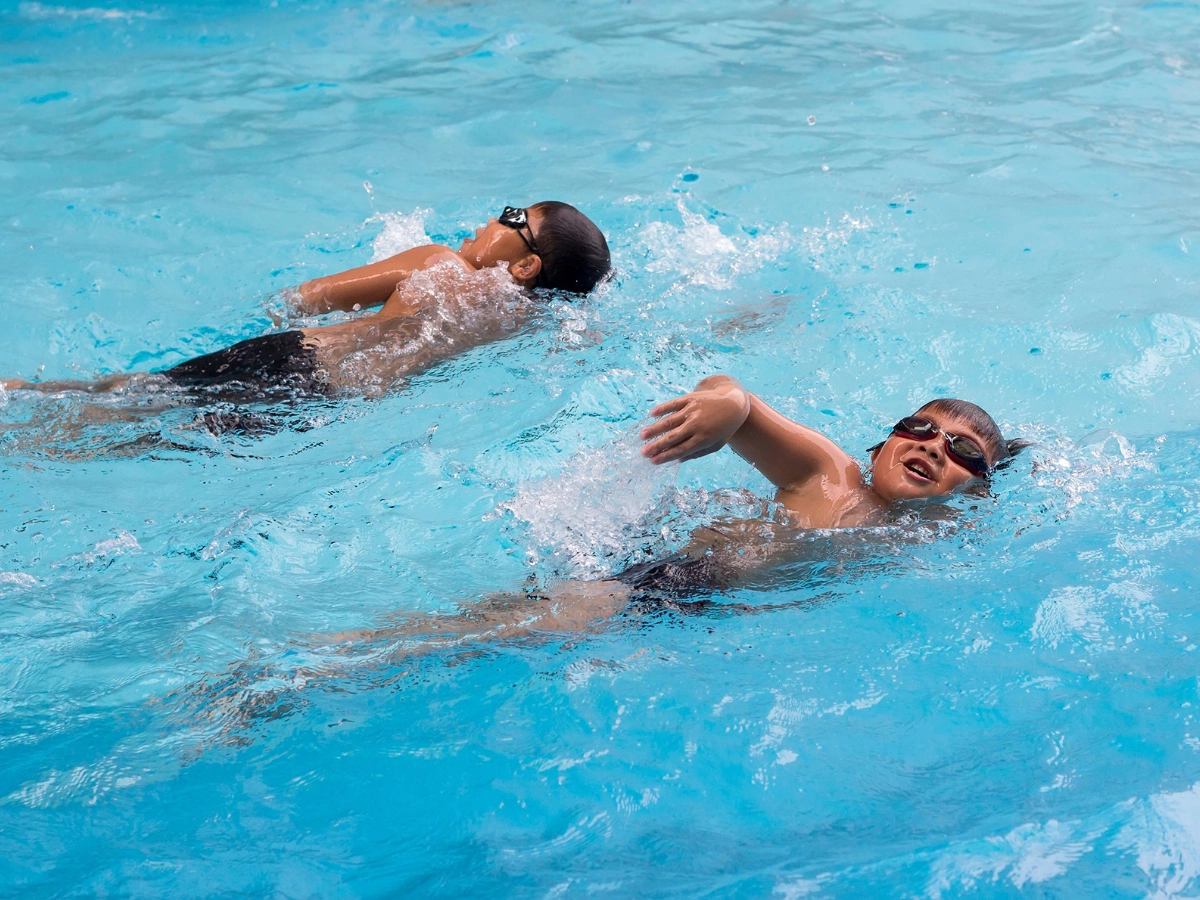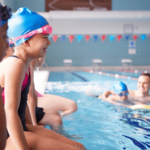Doesn’t matter if you’re talking to a parent, staff member, or child, they read your body language. This is from LinkedIn Pulse Newsletter and just makes a lot of sense:
- Leaning back too much — you come off lazy or arrogant.
- Leaning forward — can seem aggressive. Aim for a neutral posture.
- Breaking eye contact too soon — can make you seem untrustworthy or overly nervous. Hold eye contact a hair longer, especially during a handshake.
- Nodding too much — can make you look like a bobble head doll! Even if you agree with what’s being said, nod once and then try to remain still.
- Chopping or pointing with your hands — feels aggressive.
- Crossing your arms — makes you look defensive, especially when you’re answering questions. Try to keep your arms at your sides.
- Fidgeting — instantly telegraphs how nervous you are. Avoid it at all costs.
- Holding your hands behind your back (or firmly in your pockets) — can look rigid and stiff. Aim for a natural, hands at your sides posture.
- Looking up or looking around — is a natural cue that someone is lying or not being themselves. Try to hold steady eye contact.
- Staring — can be interpreted as aggressive. There’s a fine line between holding someone’s gaze and staring them down.
- Failing to smile — can make people uncomfortable, and wonder if you really want to be there. Go for a genuine smile especially when meeting someone for the first time.
- Stepping back when you’re asking for a decision — conveys fear or uncertainty. Stand your ground, or even take a slight step forward with conviction.
- Steepling your fingers or holding palms up — looks like a begging position and conveys weakness.
- Standing with hands on hips — is an aggressive posture, like a bird or a dog puffing themselves up to look bigger.
- Checking your phone or watch — says you want to be somewhere else. Plus, it’s just bad manners.
So, what should you do? Aim for good posture in a neutral position, whether sitting or standing. Stand with your arms at your sides, and sit with them at your sides or with your hands in your lap. Pay attention so that you naturally hold eye contact, smile, and be yourself.
